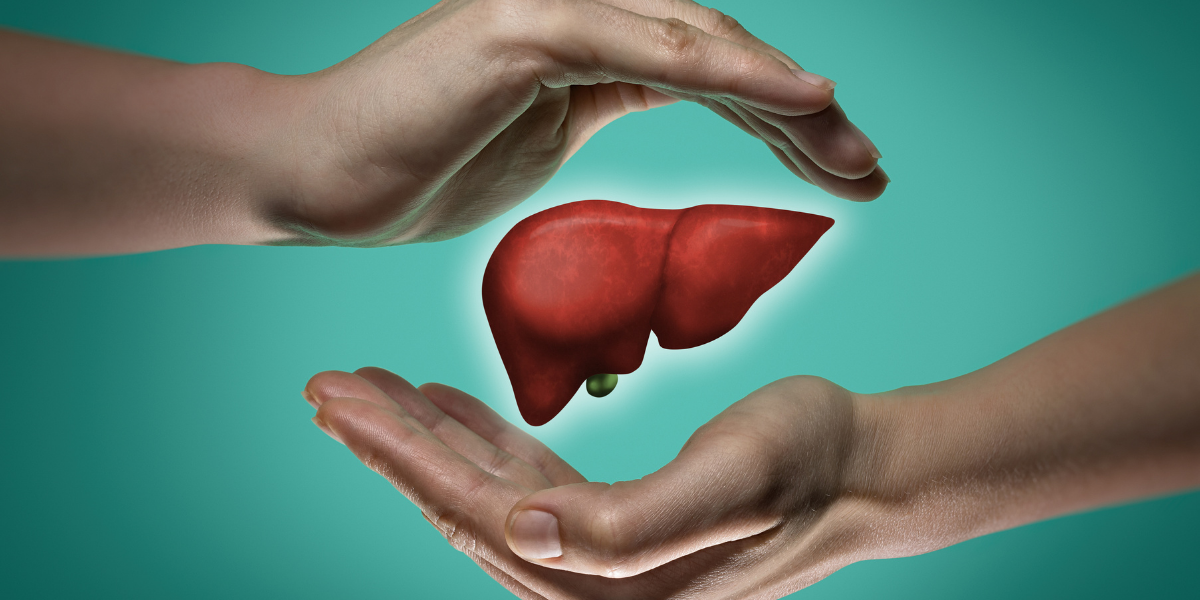Published on 28 October 2021
The liver acts as the body’s chemical factory. As the largest solid organ in the body, it produces important proteins and blood cells as well as breaks down toxins. The liver also plays an essential role in digestion, immunity, metabolism and nutrient storage.
When the liver is impaired due to congenital defects, acquired infection, injury or cancer, this can lead to many serious conditions including liver failure. In adults, liver failure can be brought on by alcohol or drug abuse, hepatitis or fatty liver disease. These conditions cause the liver to harden (a condition called cirrhosis) and stop working.
In children, one of the most common reasons for a liver transplant is biliary atresia, a rare congenital liver condition where there is a blockage in the ducts (tubes) that carry bile – a digestive fluid – from the liver to the gallbladder. This causes bile to flow back into the liver, which eventually leads to liver damage and cirrhosis.
A gift of life
A liver transplant is one of the recommended treatments to return patients with end-stage liver disease back to health.
According to Dr Vidyadhar Mali, Senior Consultant, Department of Paediatric Surgery, Khoo Teck Puat – National University Children's Medical Institute and Surgical Director, Paediatric Liver Transplantation Programme, National University Centre for Organ Transplantation (NUCOT), National University Hospital (NUH), there are two sources of donor livers- from deceased patients or from living donors. In Singapore, organ donation from deceased donors is supported by the Human Organ Transplant Act (HOTA).
The ability to transplant only a part of a liver to a child makes liver donation unique, he said. “This is possible because the liver has the ability to regenerate itself. When a piece of a donor liver is removed from the donor, the part that remains within the donor grows back to its original size in a few weeks. Similarly, the part of the liver that is taken out of the donor and implanted into a child also grows within a few weeks.”
This means living donors recover well and can go back to their normal lives, while recipients regain better health and can go on to lead productive and fulfilling lives.
However, while liver transplant is a life-saver, patients will still require long term follow-up. This is because following a liver transplant, immunosuppression medications are needed on a long-term basis to prevent rejection.
“While immunosuppression drugs protect the transplanted liver, they also reduce the ability to fight infections. The risk of infection is higher for transplant recipients,” he said. “Therefore, we strive to achieve a balance whereby we prevent rejection with the minimum required immunosuppression so as to also minimise the risk of infection.”
In January 2021, Raenelle – a one-year-old toddler with biliary atresia — received a living donor liver transplant in Singapore. Today the little girl, who turned two in September 2021, is doing well and has a new lease on life.
In consultation with Dr Vidyadhar Mali, Senior Consultant, Department of Paediatric Surgery, Khoo Teck Puat – National University Children's Medical Institute and Surgical Director, Paediatric Liver Transplantation Programme, NUCOT, NUH.




